 2020 Nissan Titan II Crew Cab (facelift 2020) Dimensions, Size & Specs
2020 Nissan Titan II Crew Cab (facelift 2020) Dimensions, Size & SpecsMeasurements of the 2020 Nissan Titan II Crew Cab, engineered for optimal performance and comfort
| Dimensions | |
|---|---|
| Length: | 5796-5829 mm228.2-229.5 in19.0-19.1 ft |
| Width: | 2019-2050 mm79.5-80.7 in6.6-6.7 ft |
| Height: | 1915-1961 mm75.4-77.2 in6.3-6.4 ft |
| Ground Clearance: | 211-257 mm8.3-10.1 in0.7-0.8 ft |
| Weight Specifications | |
| Curb Weight: | 2496-2675 kg5503-5897 lbs |
| Maximal permitted Weight: | 3221-3311 kg7101-7300 lbs |
| Tire Specifications | |
| Rims Sizes: | 18-inch rims:
|
| Tire Sizes: |
|
The Nissan Titan II Crew Cab facelift introduced in 2020 continues production to the present day, standing out as a robust full-size pickup truck designed to meet both work and recreational needs with confidence and capability. Featuring a commanding presence, the Titan II Crew Cab measures between 5796 mm and 5829 mm (approximately 228.2 to 229.3 inches) in length, making it a sizable truck well-suited for carrying heavy loads and passengers comfortably. Its width ranges from 2019 mm to 2050 mm (79.4 to 80.7 inches), providing ample cabin and bed space, while the height varies between 1915 mm and 1961 mm (75.4 to 77.2 inches), contributing to a tall, imposing stance on the road. Curb weight of the Titan II spans 2496 to 2675 kg (approximately 5,500 to 5,895 lbs), reflecting a sturdy build suitable for various demanding tasks. The truck's maximum weight capacity is between 3221 kg and 3311 kg (7,101 to 7,297 lbs), underscoring its strong payload and towing potential. Ground clearance is notable, with a ride height ranging from 211 mm to 257 mm (8.3 to 10.1 inches), enabling the Titan II Crew Cab to handle off-road conditions and obstacles with relative ease. Wheels come in varied sizes including 18- and 20-inch rim options (8J x 18 and 8J x 20), paired with durable tire sizes such as 265/70 R18, 265/75 R18, 275/60 R20, and 275/70 R18, balancing traction, comfort, and performance. Overall, the 2020 Nissan Titan II Crew Cab facelift is a powerful and spacious pickup that competes effectively in the full-size truck segment, combining ruggedness with a refined, updated design and versatile dimensions that cater to drivers seeking strength, space, and capability.
Discover the standout features that make the 2020 Nissan Titan II Crew Cab a leader in its class
Have a question? Please check our knowledgebase first.
The Nissan Titan II Crew Cab (facelift 2020) comes with length dimensions ranging from 5796 mm to 5829 mm, which converts to approximately 228.3 inches to 229.4 inches (19.0 feet to 19.1 feet). This length range reflects slight variations depending on specific trims or configurations within this generation. Such a length offers ample room for both crew cab passenger space and a functional truck bed, making it competitive within the full-size pickup segment.
The width of the 2020 Nissan Titan II Crew Cab (facelift) ranges between 2019 mm and 2050 mm, equivalent to approximately 79.5 inches to 80.7 inches (about 6.6 feet to 6.7 feet). This width includes the vehicle’s widest points such as mirrors, depending on trim and option packages. These dimensions ensure a sturdy road presence and a stable platform for both on- and off-road handling, offering a good balance between interior passenger space and external maneuverability.
The height of the Nissan Titan II Crew Cab facelift (2020 onwards) varies from 1915 mm to 1961 mm, which corresponds to roughly 75.4 inches to 77.2 inches, or about 6.3 feet to 6.4 feet. These height variations often depend on wheel and tire size configurations, suspension settings, and optional features such as roof racks. This height is typical for full-size pickup trucks, providing a commanding driver position while maintaining practical entry and exit ease.
The curb weight for the Nissan Titan II Crew Cab facelift model ranges from 2496 kg to 2675 kg. In imperial units, that's approximately 5,502 lbs to 5,896 lbs. These weights may differ based on trim level, drivetrain options, and additional installed equipment. The relatively heavier weight is typical for a full-size truck due to its robust frame, safety features, and larger dimensions, contributing to stability, towing capacity, and on-road presence.
The maximum weight (gross vehicle weight rating or GVWR) of the Nissan Titan II Crew Cab (facelift 2020) ranges from 3221 kg up to 3311 kg. This converts to approximately 7,103 lbs to 7,297 lbs. This maximum weight rating considers the combined weight of the vehicle itself, passengers, cargo, and any trailer tongue weight. Such a rating positions this pickup well within the heavy-duty category for full-size trucks, underscoring its capability for demanding work or towing tasks.
The ride height or ground clearance of the Nissan Titan II Crew Cab (facelift 2020) ranges from 211 mm to 257 mm, which is approximately 8.3 inches to 10.1 inches. This ground clearance supports confident off-road driving and navigating rough terrain, as well as providing sufficient protection under the chassis. Higher ground clearance is advantageous for pickup trucks for both everyday utility and recreational off-roading adventures.
Standard residential garages typically measure around 2.44 meters (8 feet) wide by 4.88 meters (16 feet) deep with a height of about 2.13 to 2.44 meters (7 to 8 feet). Given the Nissan Titan II Crew Cab (facelift 2020) dimensions — with a length between 5796 mm and 5829 mm (about 19 feet), a width up to 2050 mm (80.7 inches or 6.7 feet), and a height up to 1961 mm (6.4 feet) — fitting into a standard garage can be tight. While the width and height are within typical garage limits, the length slightly exceeds the standard garage depth, meaning most units may not fully accommodate this truck without parking close to or even slightly outside the garage door. Larger or custom garages are recommended for comfortable storage.
Compared to its predecessor generation, the Nissan Titan II Crew Cab facelift 2020 introduced subtle changes mostly improving refinement and styling rather than drastic size changes. The dimensions remain largely similar with length approximately between 5796 mm and 5829 mm, widths around 2019 mm to 2050 mm, and heights between 1915 mm and 1961 mm, reflecting consistent exterior size. The updates included chassis improvements and technology upgrades but kept the robust dimensions intact, ensuring it retained the full-size pickup appeal with improved comfort and features. Overall, the facelift provided a modernized version of a proven platform without significantly altering size characteristics.
When compared to similar full-size pickups like the Ford F-150, Chevrolet Silverado, and RAM 1500, the Nissan Titan II Crew Cab (facelift 2020) holds its ground dimensionally with a length roughly around 5.8 meters (19 feet), width up to 2.05 meters (6.7 feet), and height close to 1.96 meters (6.4 feet). While the Titan tends to be slightly less prevalent in sales compared to the segment-leaders, it offers competitive features such as strong V8 engine options, advanced driver assists, and a commanding ride height (up to 257 mm or 10.1 inches ground clearance). This makes it a solid choice in terms of size, capability, and comfort. However, trucks like the Ford F-150 might boast more extensive variant options or towing capacities, so personal needs and preferences play a significant role in choosing between them.
The Nissan Titan II Crew Cab facelift 2020 offers a variety of tire and rim sizes to balance performance, comfort, and off-road capability. Rim sizes available include 8J x 18 inches, 8J x 20 inches, and 8J x 20 inches, providing distinct styling and handling characteristics. Corresponding tire sizes include 265/75 R18, 265/70 R18, 275/60 R20, and 275/70 R18. These sizes influence the vehicle’s ground clearance, ride quality, and traction capabilities, with larger rims and tires generally offering improved aesthetics and off-road prowess, while smaller combinations may prioritize ride comfort and fuel efficiency. Buyers can select from these options based on preference and intended use.
Discover similar sized cars.
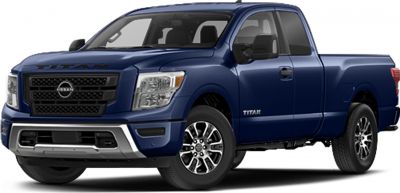
| Production: | 2020-present |
|---|---|
| Model Year: | 2020 |
| Length: | 5796-5829 mm228.2-229.5 in |
| Width: | 2019-2050 mm79.5-80.7 in |
| Height: | 1908-1953 mm75.1-76.9 in |
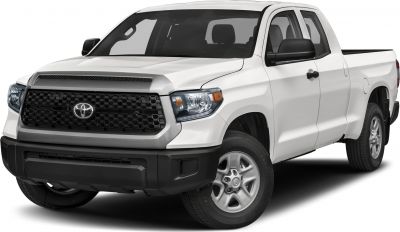
| Production: | 2017-2021 |
|---|---|
| Model Year: | 2018 |
| Length: | 5814 mm228.9 in |
| Width: | 2029 mm79.9 in |
| Height: | 1925-1935 mm75.8-76.2 in |
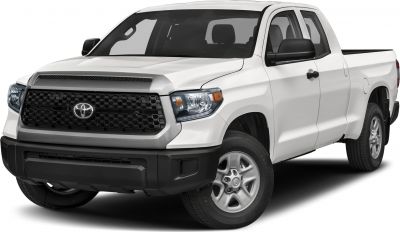
| Production: | 2017-2021 |
|---|---|
| Model Year: | 2018 |
| Length: | 5814 mm228.9 in |
| Width: | 2029 mm79.9 in |
| Height: | 1930-1941 mm76.0-76.4 in |
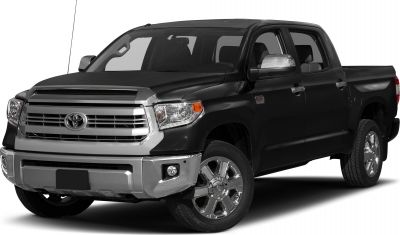
| Production: | 2013-2017 |
|---|---|
| Model Year: | 2014 |
| Length: | 5814 mm228.9 in |
| Width: | 2029 mm79.9 in |
| Height: | 1925-1935 mm75.8-76.2 in |
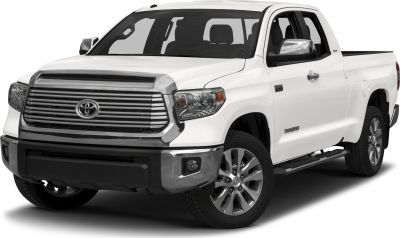
| Production: | 2013-2017 |
|---|---|
| Model Year: | 2014 |
| Length: | 5814 mm228.9 in |
| Width: | 2029 mm79.9 in |
| Height: | 1930-1940 mm76.0-76.4 in |
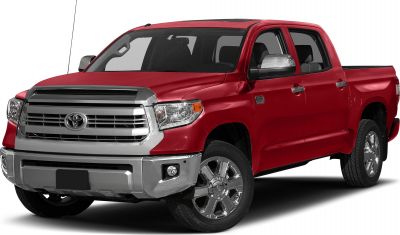
| Production: | 2013-2017 |
|---|---|
| Model Year: | 2014 |
| Length: | 5814 mm228.9 in |
| Width: | 2029 mm79.9 in |
| Height: | 1925-1935 mm75.8-76.2 in |
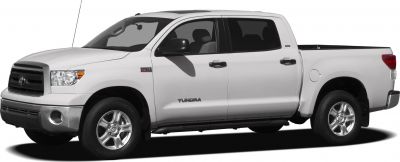
| Production: | 2010-2013 |
|---|---|
| Model Year: | 2010 |
| Length: | 5809 mm228.7 in |
| Width: | 2029 mm79.9 in |
| Height: | 1920-1930 mm75.6-76.0 in |

| Production: | 2009-2013 |
|---|---|
| Model Year: | 2010 |
| Length: | 5809 mm228.7 in |
| Width: | 2030 mm79.9 in |
| Height: | 1925-1935 mm75.8-76.2 in |
